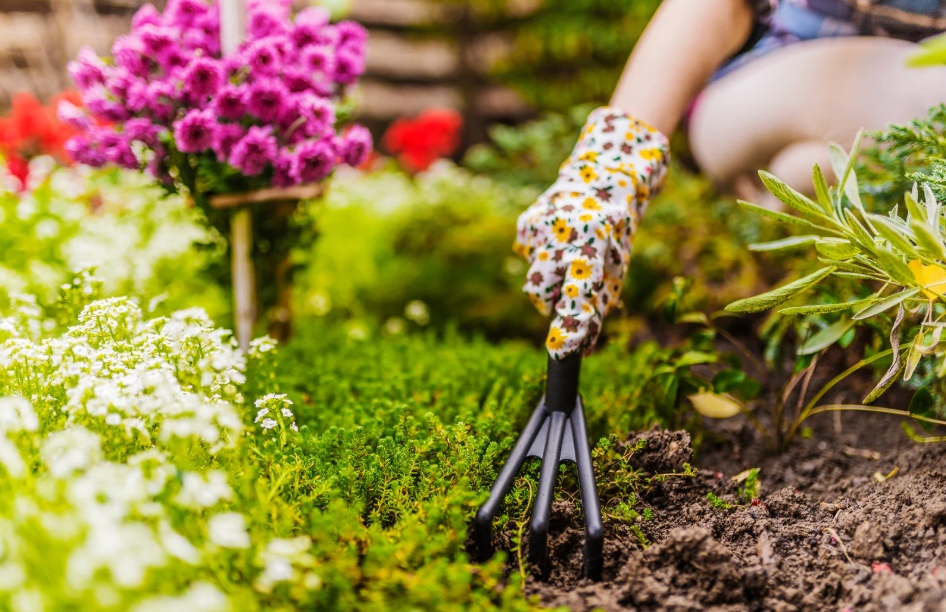In 2024, home gardening has experienced a significant resurgence across the United States, as more consumers turn to their own backyards to grow food and create sustainable living spaces. With food prices rising and concerns over environmental impact growing, Americans are increasingly looking to take control of their food sources, opting for homegrown fruits, vegetables, and herbs. This shift towards self-sufficiency has transformed gardening from a hobby to a lifestyle for many families and individuals.
Recent surveys indicate that the number of people starting home gardens has increased by nearly 40% in the past two years, with a particular surge in interest following the pandemic. Gardening offers not only a way to reduce grocery costs but also a means of reconnecting with nature and fostering a sense of accomplishment. Whether it’s through raised beds, container gardening, or vertical gardens, people are finding creative ways to grow their own produce, even in urban environments.
For some, gardening is a response to environmental concerns. As the effects of climate change become more evident, many people are eager to reduce their carbon footprints by producing food locally. Home gardens are seen as a sustainable alternative to the industrial food system, which relies heavily on transportation and large-scale agriculture that contribute to pollution. Growing food at home eliminates the need for long-distance shipping and packaging waste, making it a more eco-friendly choice.
“There’s something incredibly rewarding about watching your own food grow,” says Emily Johnson, a gardener from Denver. “It’s not just about saving money, it’s about taking part in something that feels good for my family and the planet.”
The rise of home gardening has also led to a boom in related industries, such as seed companies, gardening tools, and sustainable fertilizers. Gardening blogs, YouTube channels, and social media groups dedicated to gardening have flourished, providing helpful resources and communities for beginners and experienced gardeners alike. These online platforms are offering tips, tutorials, and inspiration for those eager to cultivate their own green spaces.
In addition, urban areas are increasingly adopting community gardens and urban farming initiatives, bringing neighbors together to grow food collectively. These spaces not only help combat food insecurity but also foster a sense of community and shared purpose.
As gardening continues to gain traction, it is clear that this movement is more than just a passing trend. With its environmental benefits, cost savings, and personal rewards, home gardening is becoming a central aspect of American life, allowing individuals to embrace a more sustainable, connected, and fulfilling way of living.


